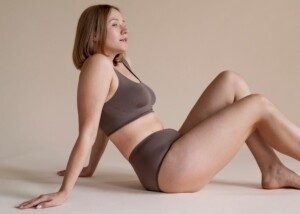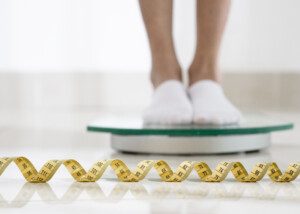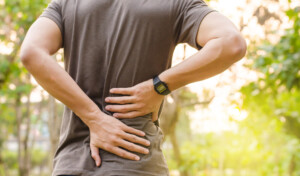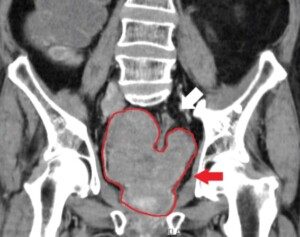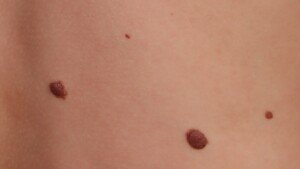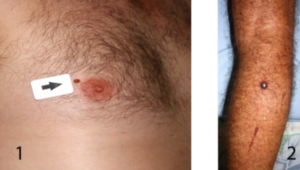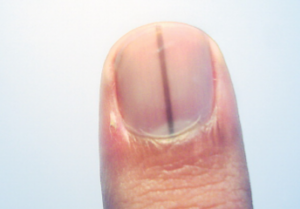You don’t always have to get sunlight or take a supplement to improve your body’s natural production of vitamin D.
There’s a way to improve your body’s vitamin D production, even if you’re overweight, and without having to venture outdoors.
It’s a known fact that during colder months, our natural vitamin D levels often dip.
This is especially true for people who spend a lot of time indoors and in particular, those who are well over their ideal weight.
How to Preserve More of your Body’s Vitamin D Without Sun or Supplements
Research published in Advanced Science (2025), led by teams from the University of Bath, University of Birmingham, and University of Cambridge, has shown that consistent indoor exercise can help prevent this seasonal drop — even without losing weight or taking supplements.
In the study, overweight and obese participants followed a 10 week exercise plan during the winter.
The program included four weekly workouts: two sessions on a treadmill, one longer low-intensity cycling session and one high intensity cycling workout.
Importantly, their weight remained unchanged throughout the study, proving that the results weren’t tied to fat loss.
Results of the Study
The findings revealed that those who exercised experienced a much smaller reduction in their vitamin D levels — only about 15% — compared to a 25% decrease in those who didn’t take part in the workouts.
- Consistent aerobic exercise stunted reduction in vitamin D.
- There was a bigger drop in vitamin D among non-exercising subjects.
Even more striking was the preservation of the body’s active form of vitamin D, called 1,25(OH)₂D₃, in the exercising group.
This form is essential for immune function, healthy bones and maintaining several other body systems.
Those who didn’t exercise saw a 15% drop in this active version of vitamin D.
Notably, earlier research from the same team had shown that a single workout can temporarily raise vitamin D levels.
But this study is the first time consistent cardio activity has been proven to help maintain stable vitamin D levels throughout the winter months.
To remove any influence from sunlight, the study took place between October and April in the UK.
This is when the sun is too weak to trigger meaningful vitamin D production in the skin.
Participants were also asked not to take any vitamin D supplements during the study.
Lead researcher Dr. Oly Perkin from the University of Bath explained that this study is the first to show that regular physical activity by itself can help the body maintain vitamin D during the months when it’s hardest to get it naturally.
Following are guidelines for treadmill and stationary bike use plus for other forms of aerobic activity.
Tips on Treadmill Use
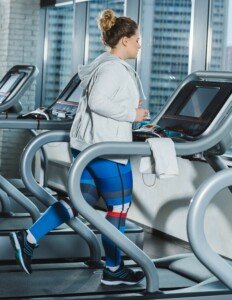
Depositphotos
A very common mistake is that of holding on.
It may seem intuitive to hold on for safety, but the issue isn’t some inherent danger in using a treadmill.
The problem is that many people set the speed and/or incline beyond what they’re capable of walking (or jogging) without having to hold on.
If you’re new to a treadmill, start slowly to acclimate your body – with a natural arm swing.
As you get used to keeping up with a moving tread, increase the speed.
Don’t hold on unless you need to free a hand to drink water or change the settings, or momentarily steady yourself.
Outside of those situations, swing your arms naturally. This will force your best posture and engage the core muscles.
Make sure not to slam your feet down. Use a natural foot strike.
If you can’t keep up with the tread without holding on, this means the speed is too fast and/or the incline is too high. Adjust these settings.
Throughout the session you should have noticeably increased respiration.
“Sprint Cycling”
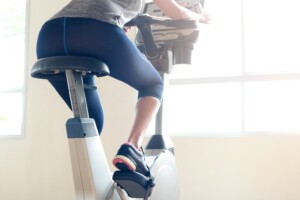
Shutterstock/Seasontime
This type of workout alternates short bursts of all-out or near-all-out effort with recovery periods.
For overall health and fitness you’ll get a lot more bang for your buck with only 30 minutes of sprint cycling.
Warm-up (5 minutes)
- Easy pace, low resistance
- Gradually increase your cadence (RPM) and resistance slightly over time
- Get your legs and heart ready for high intensity work
Main set (20 minutes total); repeat the following cycle eight times.
Sprint (30 seconds)
- Pedal as hard and as fast as you can such that you can’t talk.
- Use a challenging pedal resistance setting
Recovery (90 seconds)
- Very easy pace
- Low resistance
Let your heart rate come down and prepare for the next sprint.
This high intensity interval training can also be applied to a treadmill.
Cool-down (5 minutes)
- Easy pedaling at low resistance
- Gradually slow your pace
- Stretch your legs and hips afterward
No access to a treadmill or stationary bike?
So during cold weather or if you don’t get much sunlight on your body, you can blunt your body’s reduction of vitamin D by adhering to any kind of cardiovascular workout.
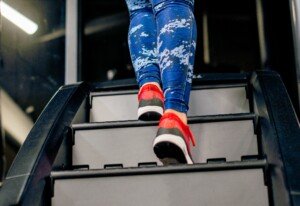
Shutterstock/Jovan Barajevac
The interval (“sprint”) approach can be applied to an elliptical trainer, a revolving stair machine, a stepping platform (which might include the first step of a staircase), swimming laps or a fitness class that’s based on interval training.
What’s crucial is that you get at least three or four aerobics sessions in per week during cold weather or even warm weather if you tend to spend “too much time” indoors.
And by the way, baking in the sun during the summer will NOT offset any loss of vitamin D during the winter.
Though the study focused on overweight subjects, the vitamin D production in thinner people will also benefit from consistent aerobic exercise.
 Lorra Garrick is a former personal trainer certified by the American Council on Exercise. At Bally Total Fitness, where she was also a group fitness instructor, she trained clients of all ages and abilities for fat loss and maintaining it, muscle and strength building, fitness, and improved cardiovascular and overall health.
Lorra Garrick is a former personal trainer certified by the American Council on Exercise. At Bally Total Fitness, where she was also a group fitness instructor, she trained clients of all ages and abilities for fat loss and maintaining it, muscle and strength building, fitness, and improved cardiovascular and overall health.
.


